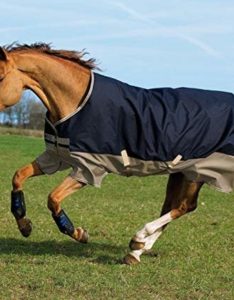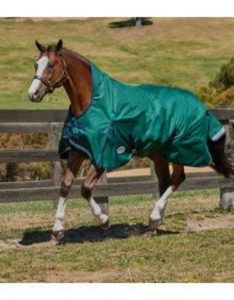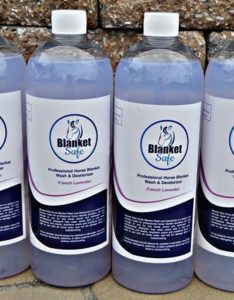Blanketing Terms & Information
You see all the terms on the packaging of horse blankets, but what do they all mean?
Denier – It is a unit of textile measurement. The higher the denier, the stronger the fabric. A 1200 D blanket is more durable than a 600D blanket.
Ripstop – Many blankets have their fabric woven in such a way that will make them resistant to ripping and tearing.
Horse blanket weights –
Lite – This will have little or no fill
Medium – Has 155 to 255 grams of fill
Heavy – Has 250 to 370 grams of fill
There are blankets with 400 grams of fill for very cold harsh conditions.
Stable blankets are usually not waterproof, and they are made from a lower denier fabric.
Turnout blankets are waterproof and are a higher denier fabric ranging from 600 to 1800 denier
Some blankets will come with a detachable neck, such as the one shown above. Others will have a neck attached (not removable)
High Neck blankets have a neck that comes almost half way up the horses neck, as shown below.
Standard neck blankets usually come up to around the horses withers/
The blankets or sheets you chose for your horse will depend a lot on the conditions your horse lives in – shelter or little to no shelter, Is your horse clipped? Is your horse an older horse? Does your horse have a heavy winter coat? Is he/she in heavy work all winter?
There are many things to consider when blanketing your horse.
You want your horse to be warm and comfortable in his/her blanket. Check to make sure your horse is comfy and dry, not overheated or sweaty.
You should also check under the blanket for injuries or skin conditions. Weather permitting you should remove the blanket and groom your horse often.
Remember, when you wash your blanket, use a product designed for the task. Regular detergent removes waterproofing.





Recent Comments